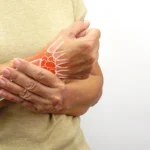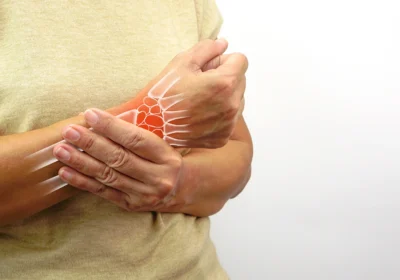
Unlock Your Potential: A Guide to Professional Pilates Training
Being self-employed in the field of Pilates is a venture for those seeking to pursue a livelihood from the exercise. With the increasing popularity of Pilates, there is a need for experienced and certified Pilates instructors. If you feel a calling to inspire people to move, eat healthily, and transform their bodies, consider getting professional Pilates training. This guide shall teach you to reach your full potential as a skilled pilates instructor.
Understanding Pilates Training:
Pilates professional training will equip individuals with knowledge of how to instruct Pilates. The procedure is as follows: choosing the most appropriate training course, which includes many classes concerning human anatomy, biomechanics, and Pilates. Specifically, the curriculum ensures trainees are acquainted with the exercises and their application depending on the characteristics and objectives of the client. It needs practical experience as well as theoretical education. Most programs provide practical skill sessions where trainees learn how to do and instruct Pilates exercises on the apparatus. The course is hands-on and assists students in honing their teaching skills as they gain confidence in teaching classes.
Choosing the Right Program:
There are then various factors one needs to consider when deciding on the right Pilates training program. Search for programs that are recognized and have comprehensive coursework. Instructor quality and the reputation of the training program determine what your education and career will be like. Also, it is vital to check whether the program provides certification and further education because these are crucial for long-term employment.

Choosing the Right Program:
Generally, upon completion of the Pilates training program, one is encouraged to take the certification examination that proves they are qualified to become a Pilates instructor. It is effective since it will prove that you are capable of teaching Pilates safely and as required by the market. Later on, one is free to work as an instructor in studios, as an instructor providing one-on-one sessions to clients, or even establish a Pilates firm.
Continuing Education and Specialization:
The field of Pilates is constantly changing, and there is always new information, techniques, or Pilates-related research being put forth. Stay updated and build your profile to be able to explore opportunities. With Pilates, it is possible to have a unique focus, for example, in rehab, pre/postnatal Pilates, or Pilates for experienced movers; this means there are many opportunities to find work and niche markets to serve.
Conclusion: Embracing the journey of a trainer:
It is also crucial to state that becoming a trainer is not just a decision about occupation; it means taking the vow to assist and contribute to people’s health daily through movement. So, by choosing a training program, getting a certification, and implementing the continual learning of FSMA regulations, one will make a difference in people’s lives. If this is the case, then the world of Pilates is out there to offer you a chance to learn, help others, and lead them to the path of a healthier lifestyle.


















